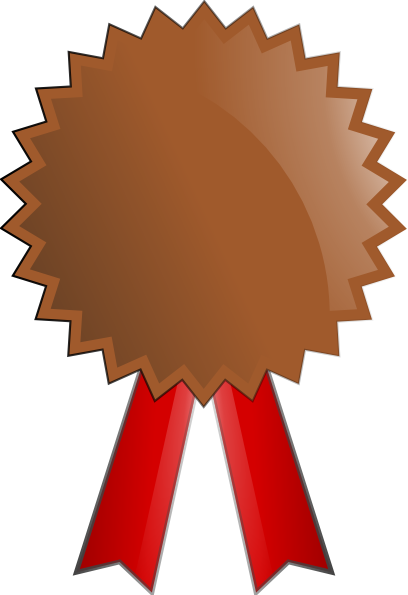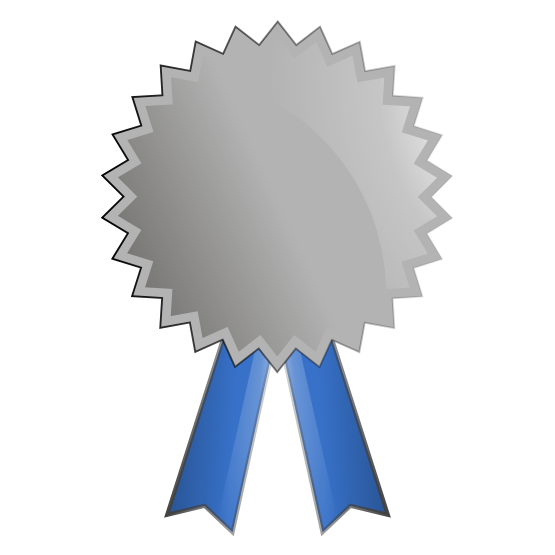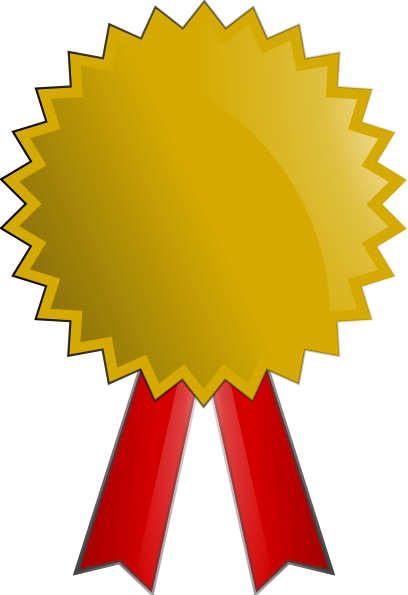Team:ETH Zurich/Achievements
From 2013.igem.org
| Line 47: | Line 47: | ||
[[File:Gold-medal.png|65px|left]] | [[File:Gold-medal.png|65px|left]] | ||
<b>Gold Medal</b> | <b>Gold Medal</b> | ||
| - | |||
<br clear="all"/> | <br clear="all"/> | ||
| + | <br><br> | ||
| + | Improve the function of an existing BioBrick Part or Device (created by another team or your own institution in a previous year), enter this information in the Registry (in the “Experience” section of that BioBrick’s Registry entry), create a new registry page for the improved part, and submit this part to the iGEM Parts Registry (submissions must adhere to the iGEM Registry guidelines)<br><br><br> | ||
| + | The growth of the Registry depends on having a broad base of reliable parts. This is why the improvement of an existing part is just as important as the creation and documentation of a new part. An "improvement" is anything that improves the functionality and ease-of-use of a part, so that it is more likely to be used by the community. For instance: strengthening the expression of a part by mutating the DNA sequence; modifying one or a few parts in construct (Device) so that it performs its intended job better; improving a cloning or expression vector that can be easily used by the entire community; and of course, troubleshooting and fixing a part reported to be non-functional. Data from an experimental comparison between the original and improved part/ device is strongly recommended. | ||
| + | <p>Help any registered iGEM team from another school or institution by, for example, characterizing a part, debugging a construct, or modeling or simulating their system<br><br><br> | ||
| + | Your project may have implications for the environment, security, safety and ethics and/or ownership and sharing. Describe a novel approach that your team has used to help you and others consider these aspects of the design and outcomes of synthetic biology efforts. Please justify its novelty and how this approach might be adapted and scaled for others to use</p><br><br> | ||
Revision as of 15:28, 20 August 2013
Bronze Medal
Team registration
Complete Judging form
Team Wiki
Present a poster and a talk at the iGEM Jamboree
Document at least one new standard BioBrick Part or Device used in your project/central to your project and submit this part to the iGEM Registry (submissions must adhere to the iGEM Registry guidelines). A new application of and outstanding documentation (quantitative data showing the Part’s/ Device’s function) of a previously existing BioBrick part in the “Experience” section of that BioBrick’s Registry entry also counts
Silver Medal
Experimentally validate that at least one new BioBrick Part or Device of your own design and construction works as expected
Document the characterization of this part in the “Main Page” section of that Part’s/Device’s Registry entry
Submit this new part to the iGEM Parts Registry (submissions must adhere to the iGEM Registry guidelines)
Your project may have implications for the environment, security, safety and ethics and/or ownership and sharing
Describe one or more ways in which these or other broader implications have been taken into consideration in the design and execution of your project
Gold Medal
Improve the function of an existing BioBrick Part or Device (created by another team or your own institution in a previous year), enter this information in the Registry (in the “Experience” section of that BioBrick’s Registry entry), create a new registry page for the improved part, and submit this part to the iGEM Parts Registry (submissions must adhere to the iGEM Registry guidelines)
The growth of the Registry depends on having a broad base of reliable parts. This is why the improvement of an existing part is just as important as the creation and documentation of a new part. An "improvement" is anything that improves the functionality and ease-of-use of a part, so that it is more likely to be used by the community. For instance: strengthening the expression of a part by mutating the DNA sequence; modifying one or a few parts in construct (Device) so that it performs its intended job better; improving a cloning or expression vector that can be easily used by the entire community; and of course, troubleshooting and fixing a part reported to be non-functional. Data from an experimental comparison between the original and improved part/ device is strongly recommended.
Help any registered iGEM team from another school or institution by, for example, characterizing a part, debugging a construct, or modeling or simulating their system
Your project may have implications for the environment, security, safety and ethics and/or ownership and sharing. Describe a novel approach that your team has used to help you and others consider these aspects of the design and outcomes of synthetic biology efforts. Please justify its novelty and how this approach might be adapted and scaled for others to use
 "
"




